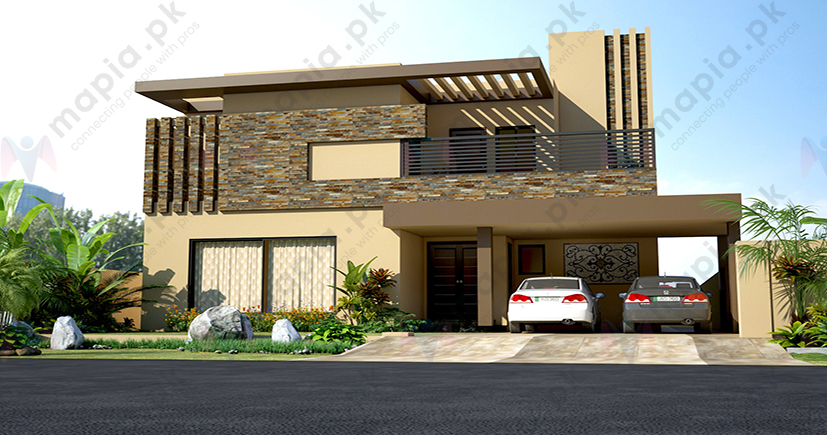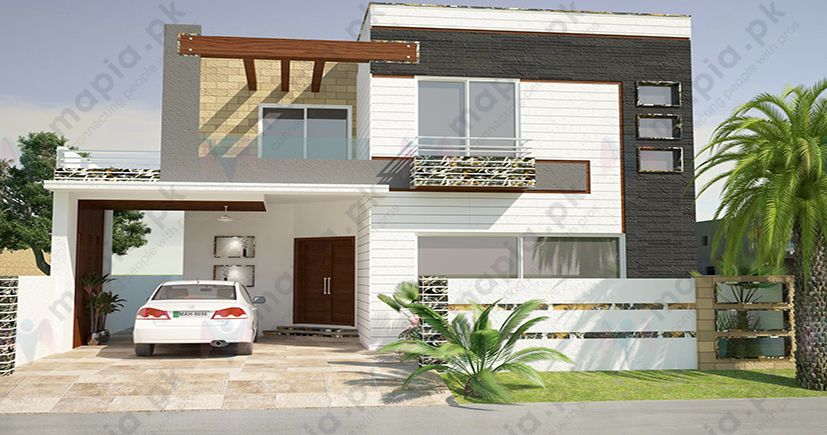Architectural and Engineering Glossary
S
Brick having a glossy finish,obtained by thermochemical reaction between silicates of clay and vapors of salt or other chemicals,produced in a kiln.
Facing tile whose surface faces have a lustrous glazed finish,obtained from the reaction of the silicates of the clay body with vapors of salt or other chemicals produced in a kiln.
In colonial New England,a timber framed house,commonly two and one half stories high,having a hall and parlor plan;gables at each end wall;a sloping roof with slope on the rear side of the ridge much longer and less steep than the slope on the front side.This roof contour gave the house a shape resembling a box for holding salt used at that time in the British colonies.
Any roof having a configuration similar to that of a saltbox house.In the South,often called a catslide.
In medieval churches,a porch or a portion of the sacristy where the clergy and the people could meet and confer.
In a building under repair or reconstruction,the saving of damaged or discarded material,for use or resale,which otherwise would be a total loss.
Premium Product & Services
Best products and services from our partners
Brick that has been used previously.
Same as salmon brick.
A salmon colored underfired brick of poor quality.
A small specimen of material,or a single unit of many such items to be furnished,which is in conformity with the requirements for the specifications;furnished for review and approval;establishes standards by which work will be judged.
A small area of plasterwork,brickwork,or the like that is intended to serve as a standard of comparison for work yet to be done.
On drawings,abbr. for “sanitary.”
1.In a church,the immediate area around the principal altar;the chancel.2.The sacred shrine of a divinity.
temple,the “holy of holies.”2.Any especially private place or retreat which may not be entered except by special permission.
A bell hung in an exterior turret or a bell cot over or near the chancel arch,which was rung to fix the attention of those not in the church to the service of the mass.
1.A hot laid mixture of local sand and asphalt cement,prepared without special control of aggregate grading.2.A mixture of local sand,with or without a mineral filler,and a liquid asphaltic material.
The ejection of sand and water resulting from piping.
See sand jack.
A mixture of sand and clay in which the two materials have been blended so their opposite qualities tend to maintain a condition of stability with various moisture contents.
The ratio of fine to coarse aggregate in a batch of concrete,by either weight or volume.
A measure of the amount of clay contamination in fine aggregate.
A brick whose faces have been sprinkled with sand before placing it in a kiln at an elevated temperature.
A bed of fine sand which is laid over graded gravel;used to remove impurities from a water supply.
A system of trenches,consisting of perforated pipe or drain tile surrounded by clean,coarse aggregate containing an intermediate layer of sand as filtering material and provided with an underdrain for carrying off the filtered sewage.
1.A textured-finish plaster surface;the plaster contains sand,lime putty,and gauging or Keene’s cement.2.A finish obtained by rubbing the coat to a smooth finish.
Any portland cement grout into which a fine aggregate is incorporated.
A box having tight joints which is filled with dry,clean sand on which rests a tight fitting plunger;the plunger supports the bottom of posts used in centering;when it is desired to lower the centering,a plug in the bottom of the box is removed,allowing the sand to run out.
A flat steel plate which is welded to the bottom of legs of bar supports.
A small region in mortar or concrete which contains fine aggregate,but little or no cement.
A streak in the surface of formed concrete;caused by bleeding, 4.
See sand interceptor.
Descriptive of a stage in drying of a paint film at which sand will not adhere to the surface.
In plastering,a rough sand finish obtained by using a wooden float.
Brick made with sand and slaked lime rather than with clay;usually a light gray or off-white color.
In stonework,a type of surface formerly obtained by rubbing with a sand-and-water mixture under a block;now such a finish is obtained with a rotary or belt sander.
In stonecutting,a fairly smooth surface resulting from using sand as the abrasive agent carried by the gang saw blades.
Same as salmon brick.
In the backstage of a theater,a canvas bag filled with sand which is used to counterbalance hanging scenery or other equipment.
To use sand,propelled by an air blast,on metal, masonry,concrete,etc.,to remove dirt,rust,or paint,or to decorate the surface with a rough texture.
See asphalt prepared roofing.
A felt that is saturated with a fluxed coaltar,coated with the same material,and then sanded on both sides to prevent sticking in the roll.
Grout which incorporates fine aggregate or sand into the mixture.
Gypsum plaster with sand aggregate.
A stationary,electrically powered machine having a moving abrasive surface (usually sandpaper);used for smoothing surfaces;the abrasive surface usually is a belt,disk,or spindle.Also see power sander.
A priming coat which seals or fills,without hiding,the grain of wood;a hard film,usually sanded before the application of subsequent coats.
A tough paper which is coated with an abrasive material such as silica,garnet,silicon carbide,or aluminum oxide;used for smoothing and polishing; graded by a grit numbering system according to which the highest grit numbers (360 to 600) are used for fine polishing,and the lowest grit numbers (16 to 40) are used for coarse smoothing.Alternatively,sandpaper may be designated by the “0 grade” system,according to which “very fine” includes grades from 10/0 to 6/0, “fine” from 5/0 to 3/0, “medium” 2/0, 1/0, 1⁄2; “coarse” 1, 11⁄2, and 2; “very coarse” 21⁄2, 3, 31⁄2, and 4.
A filling of compacted sand which has been rammed into a hole left by a pile that has been driven into the ground and then with drawn.
Sedimentary rock composed of sand sized grains,naturally cemented by mineral materials.In most sandstone used for building, quartz grains predominate;often used for decorative elements in buildings because it is easy to carve.
See flitch beam.
A composite construction consisting of relatively thin layers of a material (having high-strength properties) bonded to a thicker,weaker,light core material;results in high ratios of strength to weight and stiffness to weight.














